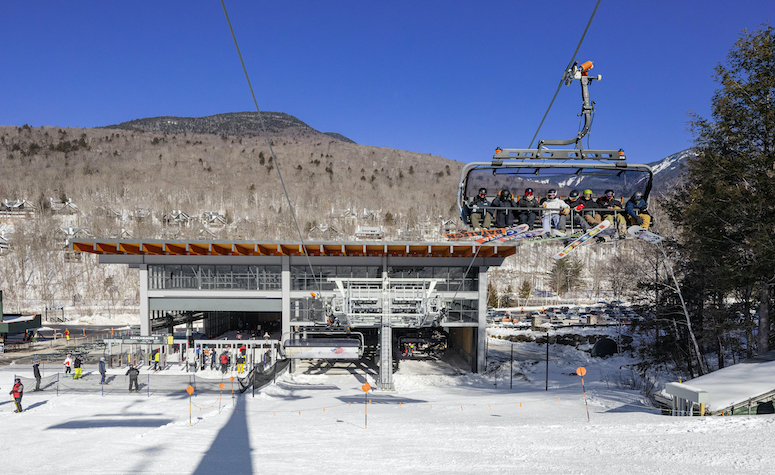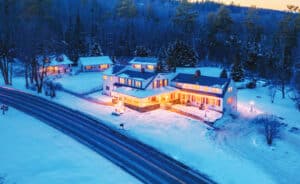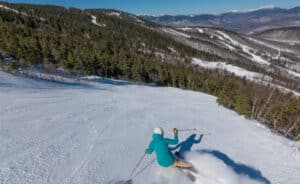
The 2021-22 skiing and riding season greeted us with fewer pandemic restrictions. The results were mixed.
The state of Vermont, where COVID travel restrictions were the most stringent in New England over the course of the 2020-21 winter, saw an increase of 6.5 percent in skier visits this past season, according to the Vermont Ski Areas Association. That’s a nice rebound for a state that had suffered a significant drop in visits the previous year.
Next door in New Hampshire, however, things weren’t as rosy. Ski New Hampshire, New Hampshire’s ski industry trade association, announced a three percent decrease in winter sports at the state’s 32 downhill and cross-country ski areas for the 2021-22 season.
The numbers were announced at each trade group’s annual meeting earlier this month.



